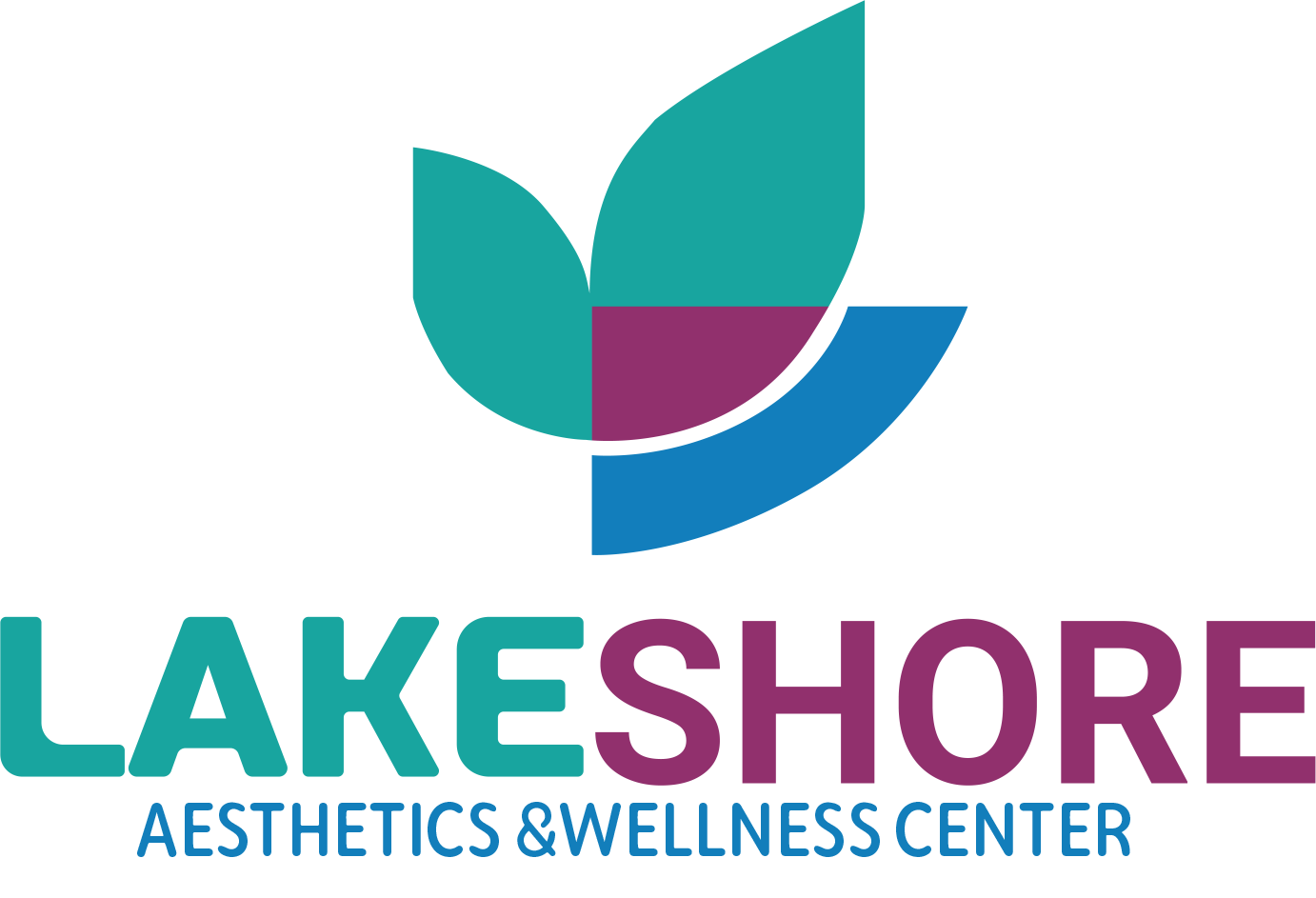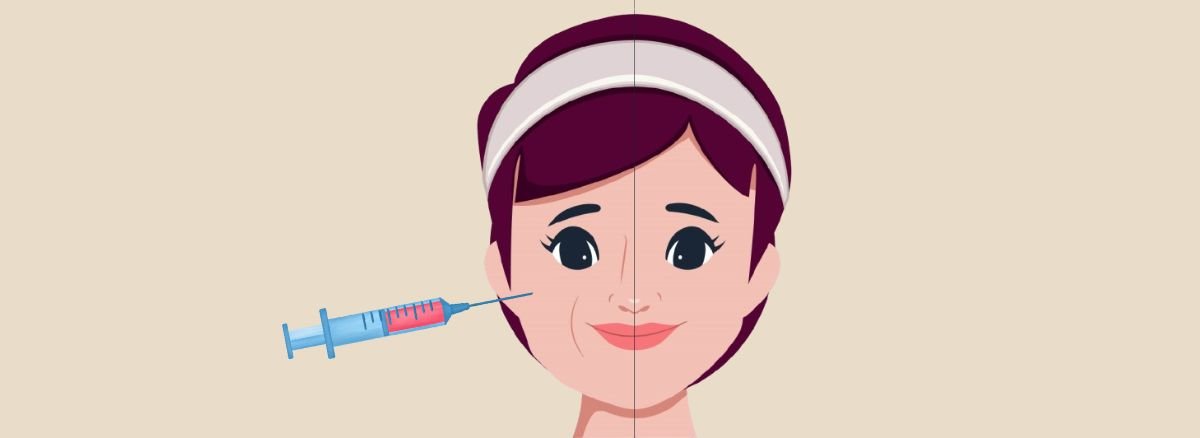- October 21, 2024
- Admin
Botox and dermal fillers are the two trending treatments people are going crazy for. Both are popular for treating or erasing signs of aging, enhancing facial features, and creating the illusion of youthful rejuvenation. Yet, despite their widespread use and similar purposes, Botox and fillers function in fundamentally different ways.
Knowing how both works can help individuals make better decisions about which treatment is right for their specific needs.
What Is Botox?
Botulinum toxin is a toxin produced by the bacterium Clostridium botulinum, which may sound frightening when considering injecting toxins into one’s body. But Botox has been used in clinical settings for decades for both medical and cosmetic treatments. Cosmetic treatments of Botox are applied mainly to treat dynamic wrinkles, where the person contracts the muscle repeatedly to cause wrinkles, a smile, frown, or squints.
How Botox Works
Botox is actually a temporary paralysis of the muscles causing wrinkles. When injected at particular points on the face, it blocks nerve signals to the targeted muscles, preventing them from contracting. This makes the overlying skin appear smoother, and there will be less production of new wrinkles.
Common areas for Botox injections are the forehead, between the eyebrows (for frown lines), and around the eyes (crow’s feet). This treatment generally becomes effective in a few days and lasts for about three to four months.
What Are Face Fillers?
Dermal fillers, including face fillers, are gel-like substances injected under the skin to restore lost volume, smooth wrinkles, and enhance facial contours. While Botox works by relaxing muscle activity, fillers work by filling in the areas that have been thinned or sagging due to aging. Fillers can fill in a range of concerns, such as nasolabial folds (the lines on either side of the nose that go all the way down to the mouth), marionette lines, sunken cheeks, thin lips, and even non-surgical nose jobs.
Types of Fillers and How They Work:
There are several different types of dermal fillers, made from distinct materials to target various concerns:
- Hyaluronic Acid Fillers: This is the most popular one. Hyaluronic acid is a natural component in the skin that provides moisture and helps to keep it plump.
- Calcium Hydroxylapatite Fillers: Derived from the mineral found in bones, these fillers provide a firmer, longer-lasting correction and are often used for deeper wrinkles.
- Poly-L-lactic Acid Fillers: These fillers stimulate the body’s own collagen production, helping to rebuild the skin structure over time.
- Polymethylmethacrylate (PMMA) Fillers: These contain tiny, semi-permanent beads. They provide a long-lasting lift to the skin and are used for deeper wrinkles and acne scars.
Key Difference Between Botox and Fillers
While both Botox and fillers work to minimize wrinkles and other signs of aging, the key differences between them then are how they work, what they treat, and how long their effects last.
1. How the Products Work
- Botox works to paralyze muscles temporarily so that dynamic wrinkles do not occur.
- Fillers provide volume underneath the skin that fills static wrinkles and enhances facial features./li>
2. Areas of Interest
- Botox is used to treat dynamic wrinkles caused by repeated facial movements, such as frown lines, forehead lines, and crow’s feet.
- Fillers are ideal for the correction of static wrinkles, which are caused by the loss of volume and elasticity. These include deep lines, hollowed areas, and thinning lips.
3. Duration of Treatment
- Botox lasts for three to four months until the muscles start moving again and wrinkles reappear again.
- Fillers last for six months to over two years, depending on the type of filler and area treated. Some semi-permanent fillers, such as PMMA, can provide far longer-lasting effects.
4. Nature of the Treatment
- Botox is most useful to prevent wrinkles from even forming by limiting muscle movement.
- Fillers restore lost volume and reshape the contours of the face.
5. Recovery Time
- Botox is a very minimal treatment, with almost no downtime. Patients can generally return to normal activities immediately following the procedure but some slight bruising or swelling might occur at the injection site.
- Fillers, too, have minimal downtime, but with the area treated and some amount of filler used, swelling, redness, and bruising may be more pronounced for a few days post-procedure.
Safety and Side Effects
Botox and dermal fillers are FDA-approved and are safe in the hands of a trained, qualified professional. Like any medical procedure, there are possible risks and side effects involved.
Botox Side Effects: Some mild bruising or swelling can occur at the injection site. However, in highly exceptional cases, Botox may travel to other muscles near the treatment area, causing eyelids or eyebrows to droop for some of its patients.
Filler Side Effects: Fillers can give redness, swelling, and bruising effects at the site of injection. In some cases, patients develop allergic reactions, infections, or lumps under the skin.
Which Treatment Is Right for You?
Choosing between Botox and fillers depends on your concerns and beauty objectives. If your main concern is reducing the appearance of dynamic wrinkles caused by facial expressions, Botox may be the best option. On the other hand, if you’re looking to restore volume, enhance facial features, or treat deeper, static wrinkles, dermal fillers would be more appropriate.
The best answer for many patients is a combination of both. This more holistic anti-aging treatment addresses the dynamic wrinkles of Botox and the volume loss of fillers.
Conclusion
Both Botox and dermal fillers are powerful in fighting against aging, but they are not interchangeable. Knowing what makes each unique can help choose which is most likely going to meet your aesthetic goals. Whether it’s to erase wrinkles, replenish lost volume, or just look refreshed, consulting with our qualified professional at Lakeshore can ensure that the best outcome for your needs is achieved.


